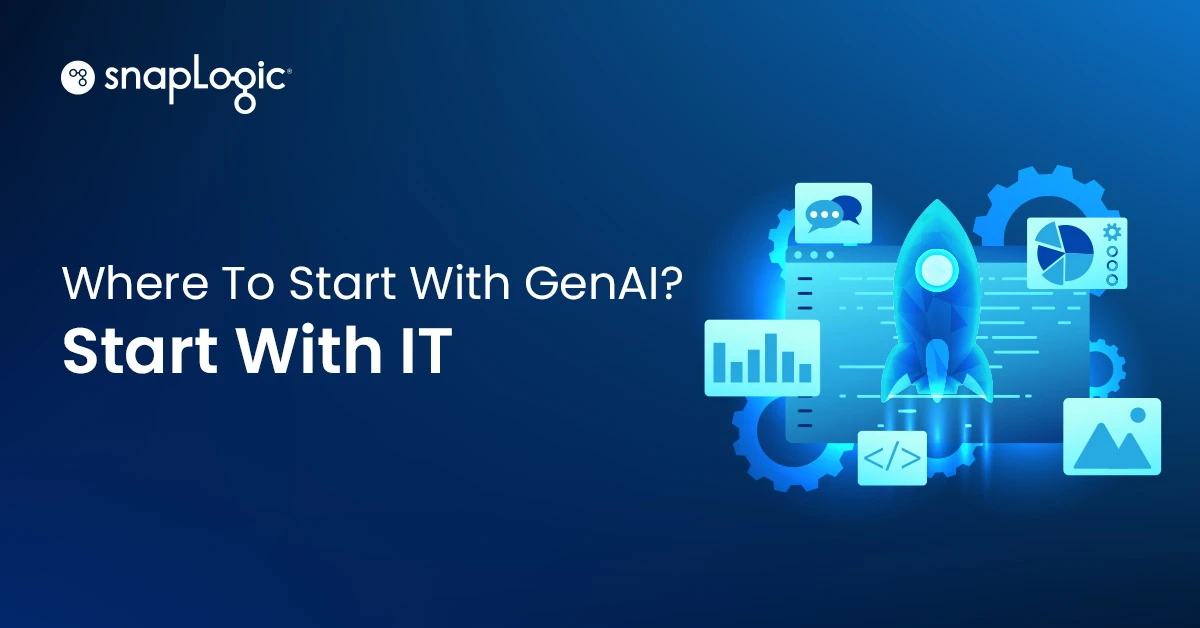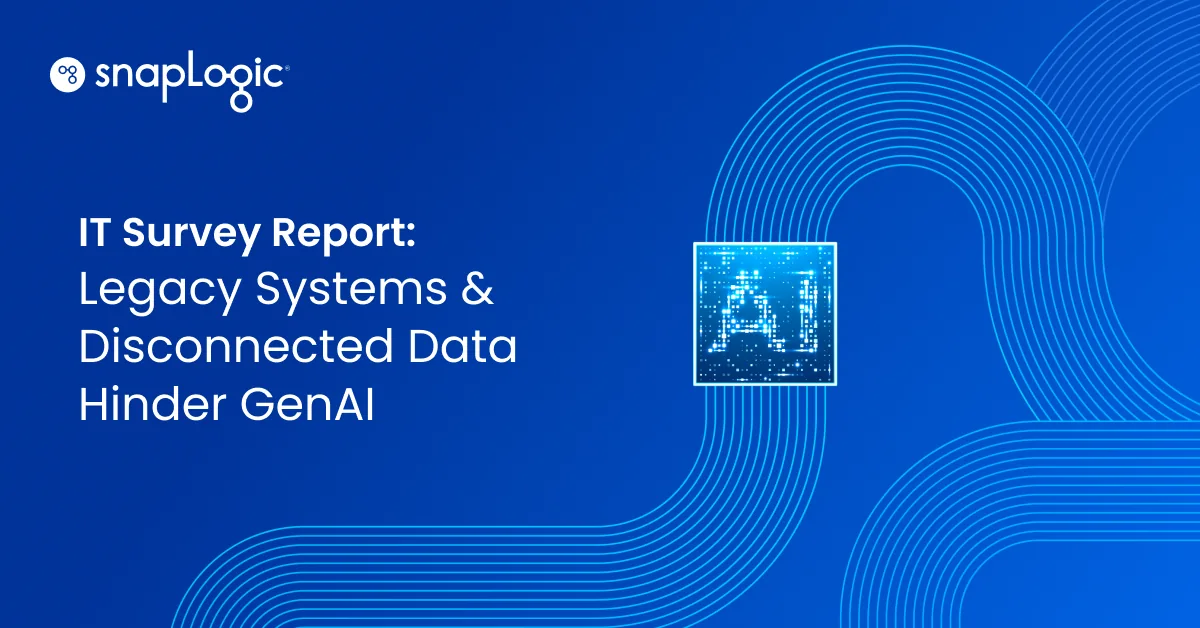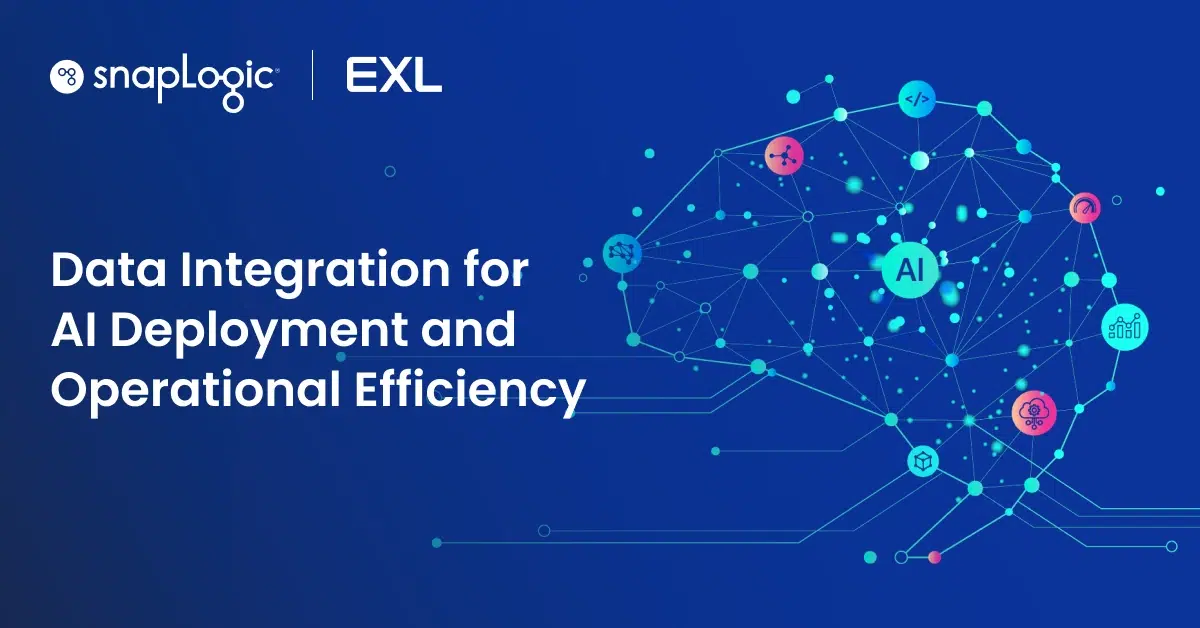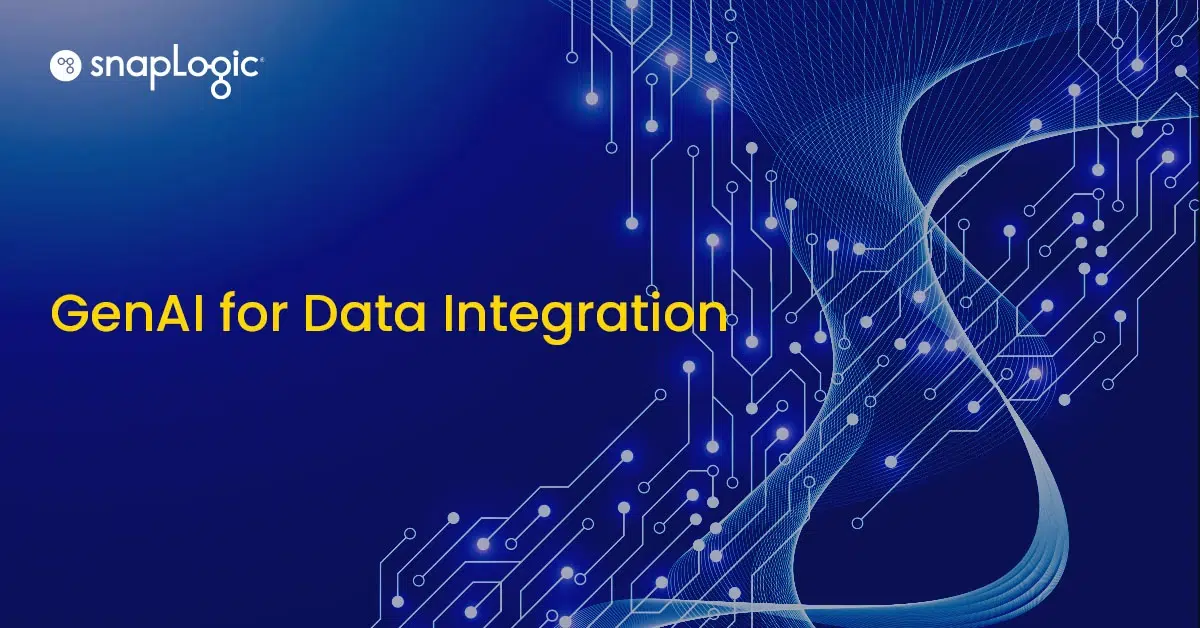Technology leaders—it’s time to put yourself first. Really.
I’d like you to pause, take a moment, and think about just how important, critical, and relied-upon IT departments have been in the last three years alone. From the shift to work from home back to return to the office and hybrid workplace environments, the introduction of generative AI—via ChatGPT—from zero to 100 million active users in two months, and the constant push to incorporate AI and automation into business processes), your job has no shortage of challenges. And according to these CTOs, there are more to come.
So take that moment of zen, and consider the adage that you can’t pour from an empty cup. You have to put on your life vest first before you can help others. I don’t necessarily mean this in a literal sense, though I encourage you, dear reader, to take care of yourself.
As you’re considering how to wrap your arms around a swarm of new technology advancements, corporate objectives, and consumer priorities, how can you rise to the occasion and make an impact? Start at home. First, make sure your technology teams have what they need, and their cups are full and oxygen masks are safely on, so they can empower the rest of the organization to adapt.
Technology is everyone’s job now
As Deloitte puts it, “technology has become everyone’s job.” Most positions—no matter the industry, function, or seniority level—now require a basic level of tech-savviness and a basic understanding of data and analytics.
And that’s partly because the average tech stack has sprawled far and wide. Consider these figures:
- Enterprises use an average of 364 applications
- Each team is using around 40 to 60 applications
- More than half (56%) of SaaS applications are not owned or managed by a company IT department
Whether or not IT departments are involved in activating every tool, they often end up supporting them in one way or another. Not to mention the work it takes to integrate all these systems together to standardize operations and reporting from a source of “data truth.” In fact, according to a survey report on how the economy has affected the typical IT workload, respondents indicated that 48% of their time is spent integrating new applications and platforms.
The bottom line is that the whole company needs help from IT—the backbone of a modern, data-driven enterprise—and it looks like that will only continue.
Where to start with genAI? Start with IT
Generative AI is the latest catalyst for digital transformation in the enterprise. Google rolled out its enterprise AI tool, Duet AI for Google Workspace. Salesforce released Einstein GPT, generative AI for their CRM. Microsoft bought a stake in OpenAI and brought OpenAI’s GPT models to Azure, Bing, and Microsoft Copilot. AWS formed a strategic collaboration with Anthropic, the makers of the Claude large language model (LLM), and recently rolled out Amazon Q, a genAI assistant for Amazon cloud users.
The potential gen AI has for business is limitless, but the challenges with ensuring the successful adoption of AI often fall on IT. As an already overburdened department, IT is seen as the bottleneck preventing organizations from efficiently leveraging and operationalizing AI tools to enhance productivity. But research shows that 67% of workers are using generative AI to save one to five hours of work per week and that 40% of employees are using generative AI without disclosing their usage to their employer.
So if your workforce is realizing the benefits and will be using generative AI regardless, why not start with your own team—where it can really make an impact that extends across the organization both safely and securely? Start with IT.
Start with generative integration
Generative integration is a portmanteau for generative AI and integration—shorthand for using genAI to connect data, systems, and applications. ChatGPT might have made generative AI a household name, but the applications for this technology go far beyond generating copy on the fly or preparing for an interview.
In more formal terms, generative integration is an advanced approach to data and application integration that leverages generative AI and LLMs to securely automate the creation of integration pipelines and streamline the process of connecting disparate systems and data sources.
By utilizing AI and machine learning capabilities, generative integration can understand, interpret, and generate code, significantly reducing manual effort and improving the efficiency and accuracy of data integration tasks.
Generative AI offers an opportunity to make data and application integration and business process automation easy to implement, accessible to non-technical staff, and more efficient.
This could be the catalyst for non-technical business users to step in and take action on their own data, automation, and integration requests—and the key to relief for IT teams.
Empower citizen development, relieve technical staff
We’ve mentioned the effect of an IT backlog on enterprise productivity. But there is a key to tackling this backlog—namely, self-service or citizen development. Generative AI and LLMs offer a pathway to managed self-service by enabling citizen developers to create integrations through a ChatGPT-like conversational interface.
However, the rise of citizen development requires proper IT controls. An effective operating model necessitates a center of excellence where IT can establish global policies for integration, while lines of business can define department-level or business unit-level policies. Guidelines should encourage citizen integration between applications and data sources, for which users have access permission.
Over the past decade, low-code/no-code approaches, pre-built connectors for commonly accessed applications, and templates for typical use cases have greatly simplified data and application integration.
SnapLogic has taken this further by unifying application and data integration into a single platform, with the capability to use generative AI for integration use cases. For example:
- Documenting integration pipelines: Surprisingly, describing or documenting pipelines is the #1 most-used SnapGPT feature. In hindsight, it makes sense as less than 3% of the pipelines in our platform are documented. Generative AI can automatically generate clear and concise documentation for integrations, making it easier for colleagues to understand and maintain them.
- Building integration prototypes: Just as ChatGPT can help ideate a blog post, SnapGPT makes it easy to build a data pipeline or set a workflow for integration, starting with conversational prompts—making integration faster to accomplish and easy enough for non-technical staff to use.
- Creating expressions for data transformation: Integration tools differ in expression language, which can be daunting for citizen developers. GenAI can translate user intentions into fully-formed expressions, simplifying the process.
- SQL query creation: Business analysts often rely on SQL and spend a painstaking amount of time creating and debugging queries. SnapGPT is source data schema aware and can create accurate SQL queries using simple instructions, allowing users to generate insights faster and speed up decision-making.
And that’s just the tip of the iceberg.
The road to innovation starts with IT
As generative AI emerges as a transformative force, the onus falls squarely on the shoulders of IT leaders to navigate the complexities and pave the way for innovation. And in the face of an expanding tech stack and the imperative for integration, the call to prioritize the demands on IT is more resonant than ever. Starting with IT is not merely a strategic choice, it’s a necessity.
The advent of generative integration not only addresses the burgeoning demand for AI applications but also empowers IT teams to streamline processes and facilitate data integration tasks.
Moreover, the concept of citizen development, driven by generative AI and large language models, introduces a paradigm shift. It offers a pathway to managed self-service, enabling non-technical users to contribute meaningfully to integration tasks under the vigilant guidance of IT controls.
In embracing generative AI, IT leaders not only fortify their own capacities but also democratize the transformative power of technology, ensuring that the entire organization can adapt, innovate, and thrive in the dynamic landscape of digital transformation. The journey of operationalizing generative AI begins with a conscious decision to start with the IT leader in the mirror.











